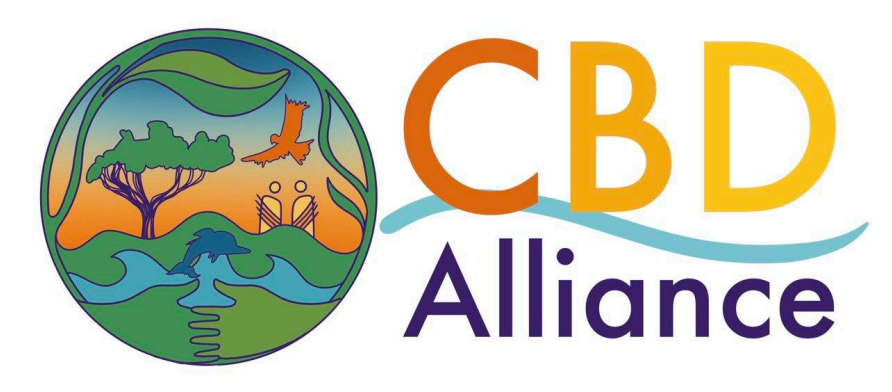Mirna Ines Fernandez, Third World Network
Social and environmental safeguards have become a recurring theme in discussions under the Convention on Biological Diversity (CBD). Their inclusion in the Kunming-Montreal Global Biodiversity Framework (KMGBF), particularly in Target 19 on financial resource mobilization, reflects growing awareness of the risks associated with “innovative finance” mechanisms such as biodiversity credits, offsets, green bonds, and payments for ecosystem services. These instruments promise resource mobilization for biodiversity, but without robust safeguards, they risk becoming vehicles for greenwashing, as well as nature and human rights violations.
Safeguards are also mentioned in discussions on biodiversity and climate, as in relation to the implementation of Nature-based Solutions (NbS). These were introduced without clearly defined criteria, standards, or guidelines—neither within the CBD nor in other Multilateral Environmental Agreements (MEAs). Their definition, adopted at UNEA-6, left vast interpretative gaps that can be used to trade further ecosystem destruction permits branded as NbS. As safeguards are discussed in more decisions—particularly in the forthcoming supplement to the voluntary guidelines on ecosystem-based approaches—the question becomes unavoidable: what do safeguards actually mean, and why have previous ones failed to deliver?
Lessons from the Past: Why Safeguards Have Fallen Short
Experience from other Rio Conventions and MEAs offers lessons to consider. REDD+ safeguards under the UNFCCC, though intended to prevent social and ecological harm from forest carbon projects, relied heavily on self-assessment and voluntary reporting—tools that proved largely ineffective. UNEA and CBD safeguards have suffered similar weaknesses: they depend on the goodwill of states and private actors, lack enforcement mechanisms, and rarely exclude harmful activities or the offsetting of those. The system offers the appearance, not the reality, of accountability.
What Would Effective Safeguards Look Like?
For safeguards to work, they must move beyond voluntary approaches. They should be binding, not optional, and explicitly exclude activities that undermine human rights or ecological integrity. They should ensure the implementation of the KMGBF does not legitimize further destruction nor replace urgent biodiversity and climate action. Effective safeguards would also ensure that biodiversity finance does not flow to destructive industries or projects. Independent monitoring, public transparency, and meaningful participation—especially of Indigenous peoples, local communities, women, and youth—must be ensured by these.
Can Safeguards really “save” people & nature?
At present, it is difficult to say. If the CBD simply replicates the weak, voluntary safeguards of past environmental agreements, they will do little to guarantee that the KMGBF upholds ecological integrity or human rights. The only real hope lies in redefining safeguards altogether—restoring their binding nature and linking them to effective mechanisms of accountability and penalties for any violations.
Beyond Safeguards
Ultimately, safeguards alone cannot ensure the responsible implementation of the KMGBF. Complementary measures—such as community-based monitoring, participatory national assessments, independent evaluations of private sector impacts and regulatory measures—are crucial. Without these, even the best-intentioned safeguards risk becoming empty promises, failing both people and the planet.
